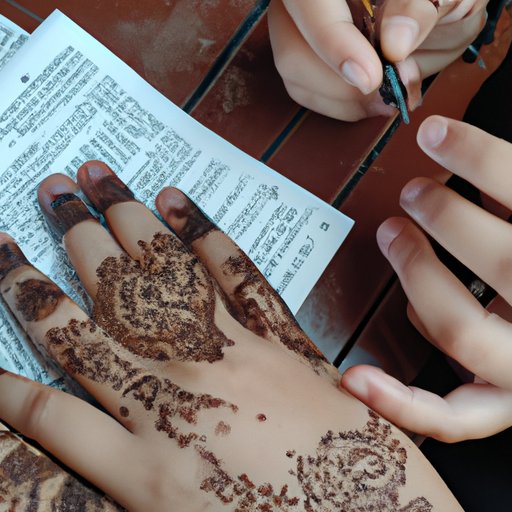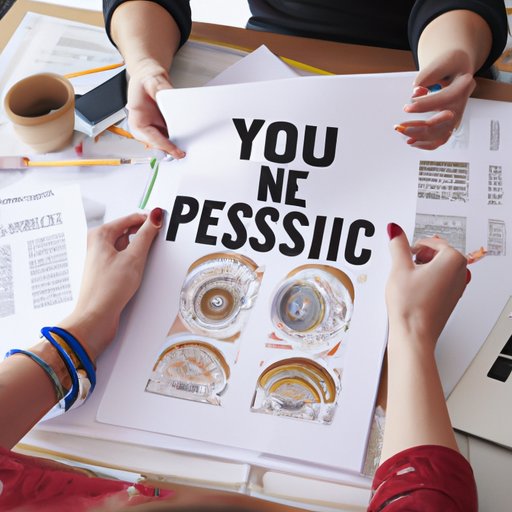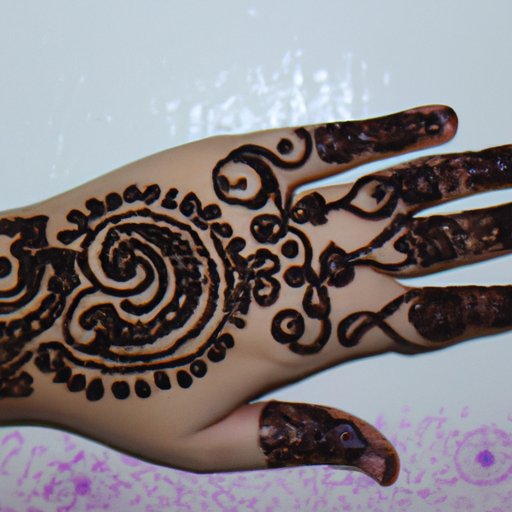Introduction
Cultural appropriation is a major issue in today’s society. It’s defined as “the act of taking or using things from a culture that is not your own, especially without showing that you understand or respect this culture.” This can include fashion, music, art, and other aspects of a culture. Unfortunately, there are many people who appropriate cultures without realizing the harm they are doing. One example of cultural appropriation is the use of henna designs.
Henna has been used for thousands of years in Middle Eastern and South Asian cultures for special occasions such as weddings, births, and religious holidays. People have traditionally used henna as a form of body art and self-expression. However, in recent years, henna has become increasingly popular in Western cultures, leading to a rise in cultural appropriation.

Researching the History and Cultural Significance of Henna
The first step to doing henna without cultural appropriation is to research the history and cultural significance of henna. This will help you understand why it’s important to respect and honor the culture associated with henna. It’s also important to learn about the different cultures associated with henna, as each culture has its own unique set of symbols and meanings.
In addition, it’s important to understand the cultural meanings behind specific designs. Different cultures attach different meanings to certain symbols, so it’s important to be aware of these meanings before attempting to recreate them. For instance, some cultures associate certain floral patterns with fertility, while others associate them with beauty or prosperity.

Asking Permission Before Using Particular Designs
Once you have done your research, it’s important to ask permission before using particular designs. If you find a design that you would like to use, it’s important to respectfully request permission from people in the culture. If you don’t know anyone from the culture, you can try reaching out to a henna artist or a cultural organization. It’s also important to show gratitude for allowing the use of their design.
Supporting Local Artists
Another way to do henna without cultural appropriation is to support local artists. Buying henna cones or paste from local artists helps support their work and ensures that you are getting a high-quality product. It’s important to avoid mass-produced pre-made kits, as these often contain inferior ingredients and may even contain harmful chemicals.
Giving Credit to the Originators of the Design
Finally, it’s important to give credit to the originators of the design. If you post a picture of your henna online, make sure to properly cite the originator. This is a sign of respect and acknowledgement for their work. Additionally, it’s important to acknowledge the source of inspiration when sharing online. This shows that you appreciate and respect the culture associated with the design.
Conclusion
Doing henna without cultural appropriation is possible if you take the time to research the history and cultural significance of henna, ask permission before using particular designs, support local artists, and give credit to the originators of the design. By following these steps, we can all show respect for all cultures and celebrate the beauty of henna without appropriating or disrespecting any culture.
(Note: Is this article not meeting your expectations? Do you have knowledge or insights to share? Unlock new opportunities and expand your reach by joining our authors team. Click Registration to join us and share your expertise with our readers.)
